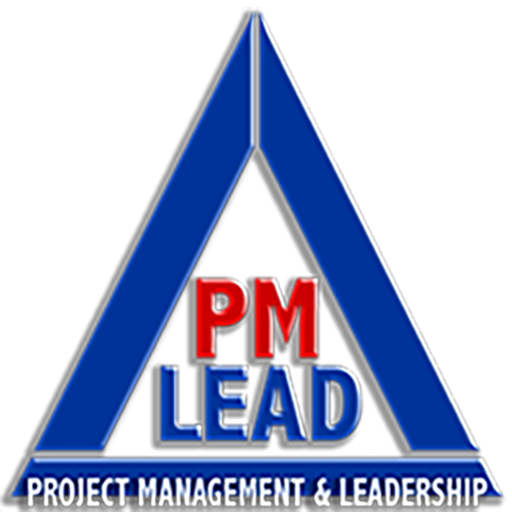6 sigma, is it a project management methodology!
Six6 sigma is a business management strategy (Strategic management is an ongoing process that evaluates and controls the business and the industries in which the company is involved) originally developed by Motorola, USA in 1981. As of 2010, it enjoys a widespread application in many sectors of industry. The term “Six Sigma” comes from a field of statistics known as Process Capability Studies (The Process Capability is a measurable property of a process to the specification).
Originally, Six Sigma referred to the ability of manufacturing processes to produce a very high proportion of output within specification. Processes that operate with “six sigma quality” over the short- term are assumed to produce long-term defect levels. Six Sigma’s implicit goal is to improve all processes to that level of needed quality or better.
The main features of the Six Sigma include:
- A clear focus on achieving measurable and quantifiable financial returns from any Six Sigma project.
- An increased emphasis on strong and passionate management leadership and support.
- A special infrastructure of “Champions”, “Master Black Belts”, “Black Belts”, “Green Belts”, etc. to lead and implement the Six Sigma approach.
- A clear commitment to making decisions on the basis of verifiable data, rather than assumptions and guesswork.
Six Sigma projects follow two project methodologies inspired by Deming’s Plan-Do-Check-Act Cycle; the DMAIC and DMADV.
DMAIC is used for projects aimed at improving an existing business process, and has five phases:
- Define the problem, the voice of the customer, and the project goals, specifically.
- Measure key aspects of the current process and collect relevant data.
- Analyze the data to investigate and verify cause-and-effect relationships.
- Determine what the relationships are, and attempt to ensure that all factors have been considered. Seek out the root cause of the defect under investigation.
- Improve or optimize the current process based upon data analysis using techniques such as the design of experiments or mistake proofing, and standard work to create a new, future state process.
- Control the future state process to ensure that any deviations from target are corrected before they result in defects. Implement control systems, and continuously monitor the process.
DMADV is used for projects aimed at creating a new product or process designs, and has five features:
- Define design goals that are consistent with customer demands and the enterprise strategy.
- Measure and identify CTQs (characteristics that are Critical To Quality), product capabilities, production process capability, and risks.
- Analyze to develop and design alternatives, create a high-level design and evaluate design capability to select the best design.
- Design details, optimize the design and plan for design verification.
- Verify the design, set up pilot runs, implement the production process and hand it over to the process owner(s).
In recent years, some practitioners have combined Six Sigma ideas with lean manufacturing to yield a methodology named Lean Six Sigma. Lean manufacturing or lean production that refers to a production practice that considers the expenditure of resources for any goal other than the creation of value for the end customer to be wasteful, and thus a target for elimination.
Basically, lean is centered on preserving value with less work.
Download Everything You Wanted to Know about Six Sigma developed by iise
Visit www.iise.org for more information

